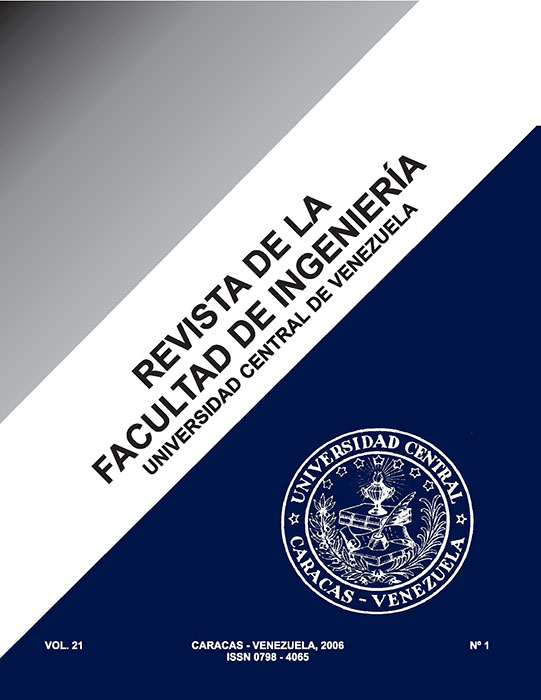EVALUACIÓN DEL ARRANQUE Y PUESTA EN MARCHA DEL SISTEMA DE TRATAMIENTO DE AGUAS RESIDUALES DE UNA EMPRESA TABACALERA / Evaluation of the Setting up of a System of Residual Water Treatment in a Tobacco Company
Keywords:
Aerobio, anaerobio, anoxio, tratamiento, efluente.Abstract
La presente investigación tiene como propósito fundamental evaluar el arranque y puesta en marcha del sistema de tratamientode aguas residuales en una empresa tabacalera. Dicha investigación se lleva a cabo mediante la identificación de losfactores que inciden en el incremento de los niveles de nitrógeno y fósforo; el diagnóstico de los equipos y unidades queconforman la planta de tratamiento; la caracterización y análisis de las aguas del proceso de tratamiento, esta última pormedio de curvas del comportamiento de los niveles de nitrógeno y fósforo; el cálculo de la eficiencia del sistema detratamiento; y por último, se realiza una valoración para verificar que los niveles de nitrógeno y fósforo a la salida delsistema cumplan con los requerimientos ambientales exigidos por el Ministerio del Ambiente y los Recursos NaturalesRenovables. Este trabajo se desarrolla en las instalaciones de una empresa tabacalera, ubicada en el estado Aragua, sectorCamburito. Entre las conclusiones más importantes obtenidas del estudio de caracterización realizado durante la etapainicial de estabilización de la planta, se tiene que la falta de extracción del lodo de desecho en los sedimentadores es laprincipal causa de que las altas edades del fango, comprendidas entre 24 y 122 días, sobrepasen considerablemente elvalor de diseño 10,5 días, el comportamiento de los niveles de nitrógeno y demanda bioquímica de oxígeno durante el mesde marzo evidencia que el sistema implementado para la eliminación de estos parámetros en su etapa inicial se estállevando a cabo a las condiciones para las cuales fue diseñado; las eficiencias de remoción obtenidas son de 98,7 ± 0,2 %para la demanda bioquímica de oxígeno, 92 ± 4 % para la demanda química de oxígeno; 60 ± 20 % para el nitrógeno y de48 ± 18 % para el fósforo.ABSTRACTThe aim of this work is to evaluate the setting up of a wastewater treatment plant in a tobacco company. It was carried outthrough the identification of the factors that lead to an increase in the levels of nitrogen and phosphorus; the study of theequipment and units that make up the treatment plant; the characterization and analysis of the waters of the treatmentprocess, the latter through the curves of the nitrogen and phosphorus level behavior; the calculation of the treatmentsystem efficiency; and lastly, an evaluation to verify that the nitrogen and phosphorus levels upon leaving the system fulfillenvironmental requirements. This study was developed in the facilities of a tobacco company, located in Camburito,Aragua, in its wastewater treatment plant. Among the most important conclusions obtained from the study of characterizationcarried out during the initial stage of stabilization of the plant, was that the failure to extract mud in the sedimentationcones was the main cause of the high ages of the mud, that ranged between 24 and 122 days, considerably above the designvalue of 10,5 days, and the nitrogen and DBO levels behavior during the month of March which showed that the implementedsystem to eliminate these parameters in its initial stage was being carried out under conditions for which it was designed:the obtained efficiencies of removal are 98,7 ± 0,2 % for the biochemical demand of oxygen, 92 ± 4 % for the chemicaldemand of oxygen; 60 ± 20 % for nitrogen and of 48 ± 18 % for phosphorus.Keywords: Treatment, aerobic, anoxic, anaerobic, wastewater.Downloads
Downloads
Issue
Section
Ingeniería Ambiental



